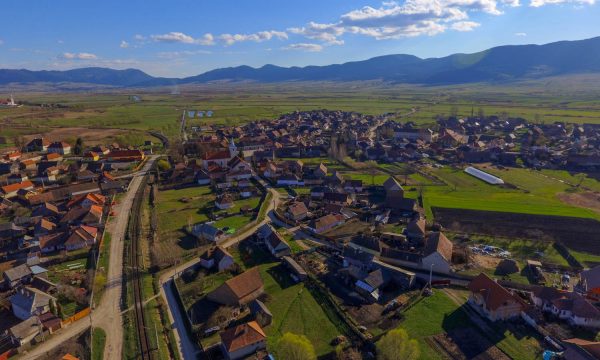The village is situated on the left, really marshy bank of the river Olt. Balázs Orbán refers to the village as “lying in mud”. According to research the name of the settlement derives from a Saint’s name. This idea is corroborated by the first written evidence of the village from 1332: it is mentioned as “Sancto Simon”. Our knowledge of the settlement’s history is scarce. Several field investigations performed in the 20th century produced findings dating back to the 15th and 16th centuries, including tiled stove fragments. After the census of 1643 the village had between 102–255 inhabitants. Its Roman Catholic church was built in 1823 on a plot donated by Miklós Endes, and was dedicated to King Ladislaus in 1835. According to written evidence from the beginning of the 19th century, it was believed that the new church was built on the site of the old Saint Ladislaus chapel in 1840. Major repairs were made by Vicar János Varga.

Its current chapel was built in 1891 by the Kottek family. Another important monument is the Miklós Endes Mansion, today a kindergarten, which was built in the 19th century. The most famous descendant of the family are Miklós Endes, who in 1934 wrote the history of Ciuc (Hu: Csík), Gheorgheni (Hu: Gyergyó) and Cașin (Hu: Kászon) seats until 1918, one of the best documented works about this region, and József Endes, who led a battalion fighting beside general József Bem in the 1848 revolution.
